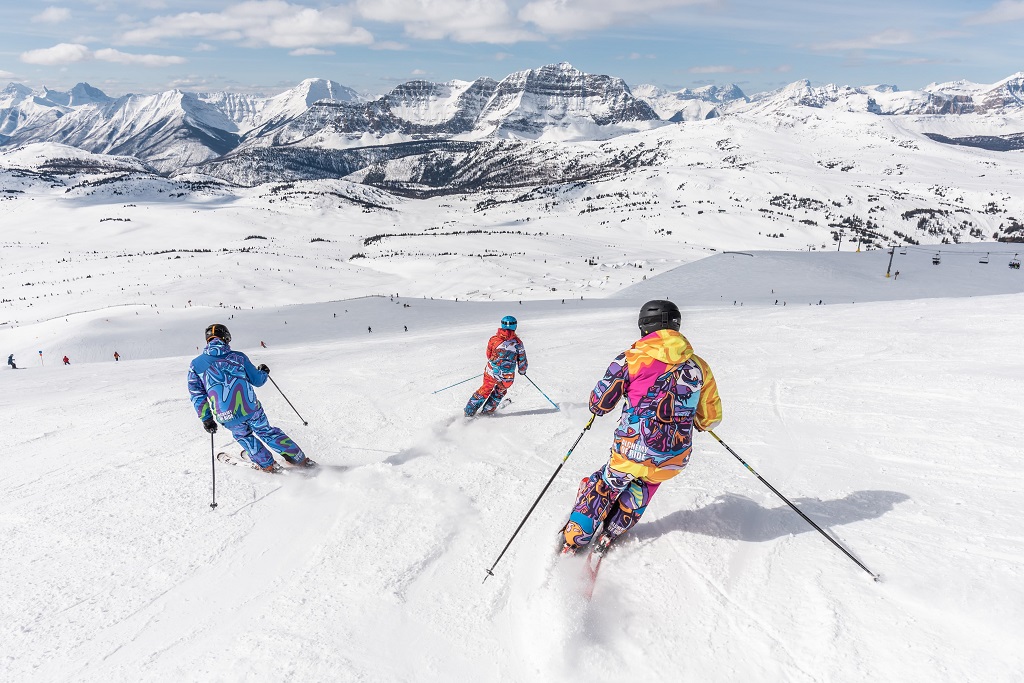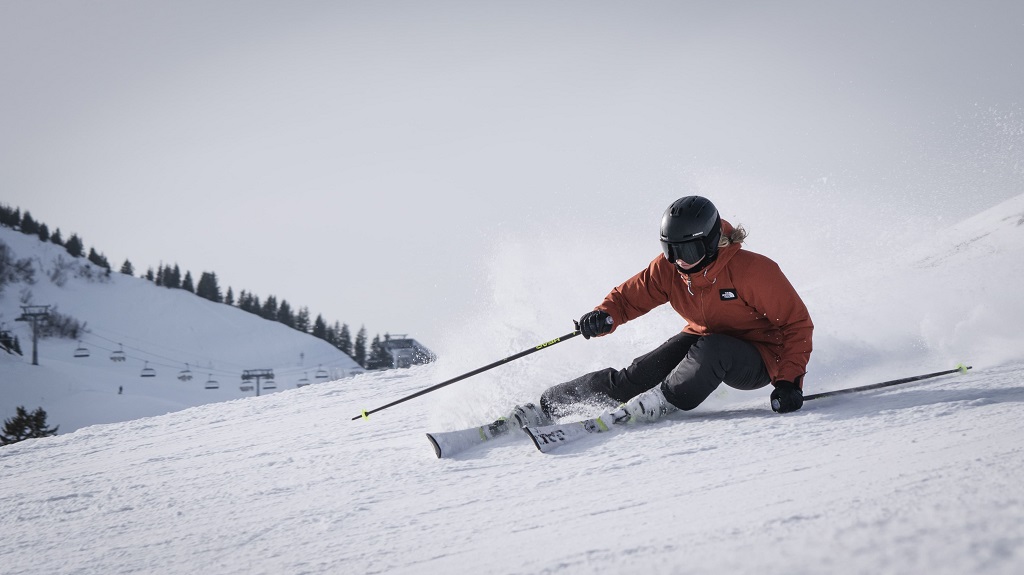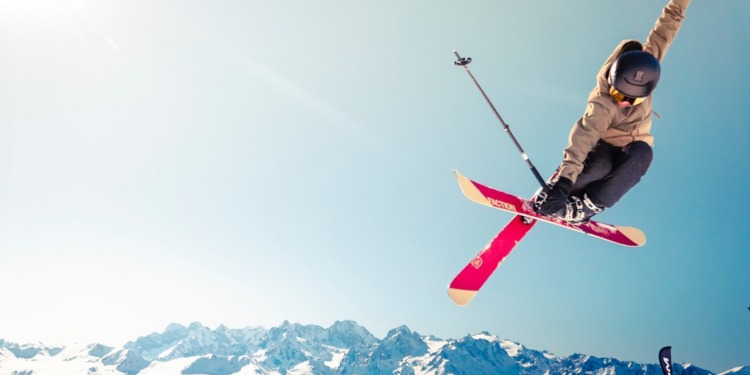Could skiing survive global warming? In this article, we have a look at how climate change is affecting skiing and other winter sports, and businesses.
The ski season brings a special charm, with its crisp air, cozy chalets, fondue, and après-ski bombardinos. Snowfall marks the start of the season. Each year, roughly 100 million winter sports fans flock to their favorite slopes.
Global warming is, however, threatening skiing. Is this a trivial concern? Yes and no. In North America, the ski industry is worth $50 billion and has the same amount of workers as coal mining.
Winter in mountain regions is critical economically, yet global warming impacts snowfall and snowpack. Since 1980, skiing days have decreased by 34, and average snow levels by 41%. Does a lack of summer skiing, such as in Zermatt or Les 2 Alpes, mean the end of skiing?

Can skiing survive global warming?
When you say après-ski, a world after skiing goes extinct is not exactly what comes to our mind. Skiing resorts are adapting to the new climate conditions as the days of predictable long ski seasons are over.
At 1924’s Chamonix Games, all events were outdoors, reliant on cold and good snow. A century later, Beijing’s 2022 Olympics had 100% artificial snow/ice.
A ski-resort survival is increasingly dependent on artificial snow to allow it to hedge the lack of snowfall.
However, the creation of artificial snow depends on favorable weather conditions. It needs a temperature of at least -2° Celsius and a significant water reserve. There is a legal battle to halt artificial snow production in the La Clusaz in French Alps, as the water reservoirs pose risk to biodiversity loss, deforestation, and droughts.
RELATED ARTICLES: Europe Faces Extreme January Heatwave to Welcome the New Year | Alps’ Glaciers Melting at Record Rate | Patagonia Founder Donates the $3bn Company: “Earth Is Now Our Only Shareholder” |
The ski resort brings in a hefty $120 million for the city, making it an essential part of the economy. Therefore, we are presented with the classic dilemma of choosing between the social and environmental impacts of climate change. Creating artificial snow is difficult and energy-intensive. Kitzbuhel, Austria, has announced that energy costs will increase significantly this season, and customers will have to pay more.
Some resorts are harnessing sun and wind for energy creation to support their operations and Swiss resorts are aiming to be climate-neutral by 2050 in line with a country-wide directive.
As part of the diversification efforts, skiing resorts are focusing on creating all-year-season propositions with hiking, mountain biking, ziplines, and wellness retreats. In the winter, there is an increase in ski alp and cross-country activities, which do not require ski lifts.

Final thoughts
The survival of ski resorts will also depend on their altitude, with only the ones above 2500m meters likely to have enough snow to open from December to April.
In fact, a recent study suggests that by the end of the century, many ski resorts below 1200m – equivalent to a quarter of all Alpine resorts – will have less than an inch of continuous snow cover year-on-year. The study from the Journal of Geosciences, also indicates that 83% of current snow days would be lost if rapid climate action is not taken.
Skiing, ironically, aids in the acceleration of climate change. We rarely live near mountains, thus necessitating a flight or drive to get to a resort, both of which depend on burning fuel — the same factor that is shortening our ski season.
It is up to us to save the winter, by taking the most sustainable choices, not just in the mountains but in our everyday lives. Safe skiing everyone!
Editor’s Note: The opinions expressed here by the authors are their own, not those of Impakter.com — In the Featured Photo: A jumping skier. Featured Photo Credit: Unsplash.







